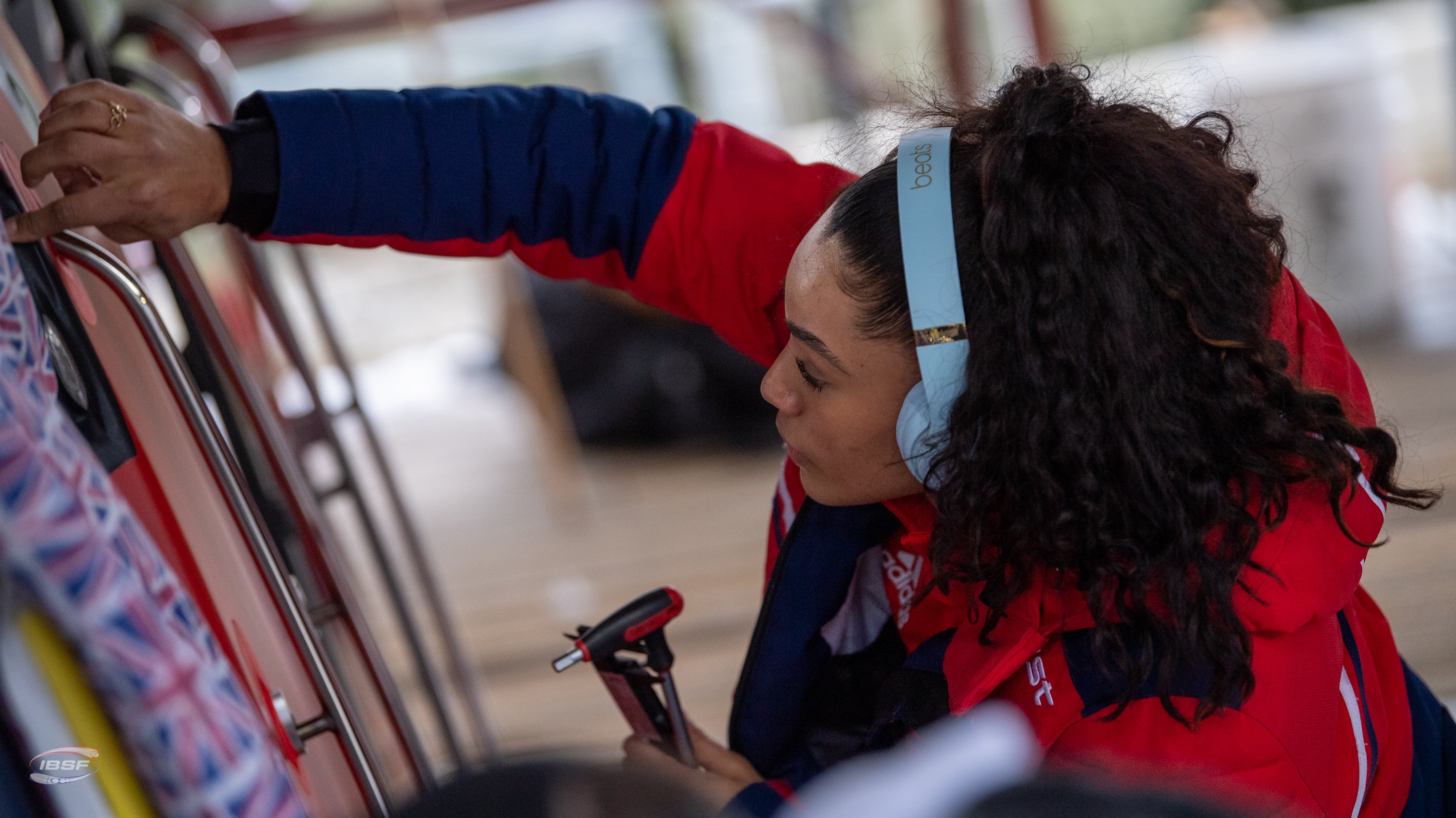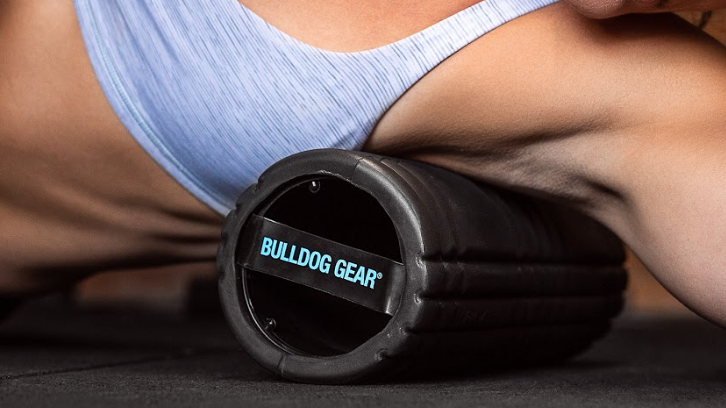|
15/01/2022 | Andrew Tracey Andrew Tracey is a long time collaborator with Bulldog Gear. A coach, writer and current fitness editor of Men’s Health Magazine, he has been in and around the fitness industry for the past 17 years. Having enjoyed and endured a number of disciplines from endurance racing, to strongman, to Crossfit AT enjoys getting neck deep in the practice just as much as the theory. |
To kip or not to kip?
It's perhaps one of the most debated subjects in functional fitness, with critics and detractors labelling kipping pull-ups as 'cheating' at best and downright dangerous at worst.
A skill adopted from the world of gymnastics that allows trainees to generate huge amounts of momentum from an athletic reversal of hip direction, kipping reduces fatigue and allows athletes to hit higher rep ranges than we would if they were training ‘strict’. It’s for this reason that the kipping pull-up, muscle-up and the tangentially related kipping handstand push-up are the obvious choice in competitive functional fitness.
The converse to this is that the extreme efficiency of the movement makes it a poor choice for building strength and muscle, where muscular tension and concentrated time under the same tension yield the most results.
Like most things - context matters. Kipping pull-ups are a skill to be used in a sport. Calling them 'cheating' is akin to saying that picking up a ball and running with it is 'cheating'- in football, sure; but in rugby? It’s not just not cheating, it's an integral part of the game.

While some coaches maintain that it's best left to the pros, others are more agreeable, and most concur that a degree of strength and stability must be built through the shoulders, followed by instruction on how to properly perform the movement before it's utilised in workouts or competition.
We posed the question to our social media audience, opening up some interesting conversations.
Patrick Tailor raises the point that even if a coach has a personal bias against kipping, they perhaps have a duty of care to consider their trainee’s own goals and wants, and whether or not they’ll attempt the movement with, or without them, adding-
‘Members are going to try and kip regardless, so it's best to prepare them for it and coach it properly. Yes you need a foundation of strength to perform a kipping pull up, but they are two different movements. Condition the shoulders for the dynamic movement and gradually develop it.’
Paul Warrior entered the chat with the wisdom you’d expect, adding a rather succinct and melodic-
‘Capability is knowing how to do both well. Wisdom is knowing when to.’
On a personal level I’d also add that learning a kip is extremely functional in terms of real world carryover; if you’re ever in a scenario where you need to get up and over something quickly, although the strength you build from performing strict pull-ups will be massively advantageous, you’re simply cutting your nose of to spite your face if you elect to use no momentum because it’s ‘cheating’ , so there’s certainly an argument might for learning to perform a kip efficiently, alongside building ‘strict’ strength.
Even the founder and former CEO of Crossfit Greg Glassman has weighed in on the subject, stating on a public forum-
'If you cannot do five consecutive strict muscle-ups, learning to kip is counterproductive. As an historical aside, I'd de-emphasize the kipping pull-up were we to do things again.'
What do you think?
Do you kip in your workouts or save it for the competition floor?
Do you balance strict and kipping gymnastics?
Did you build a strong foundation before you graduated to attempting more advanced skills?



